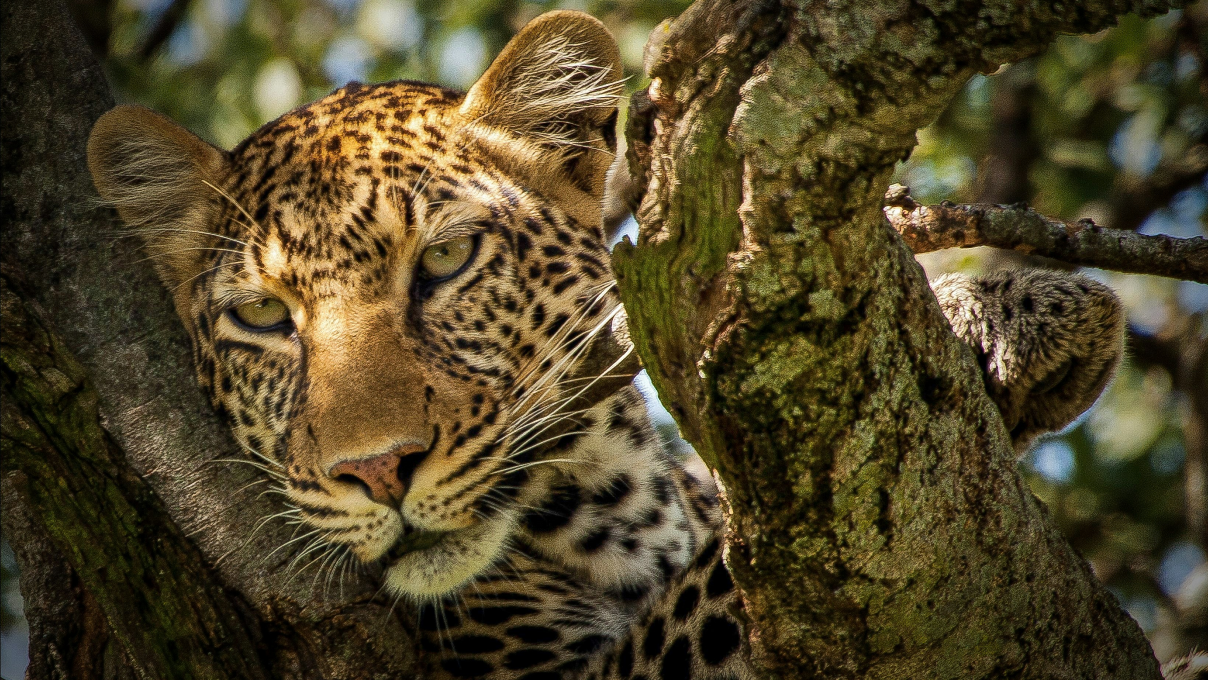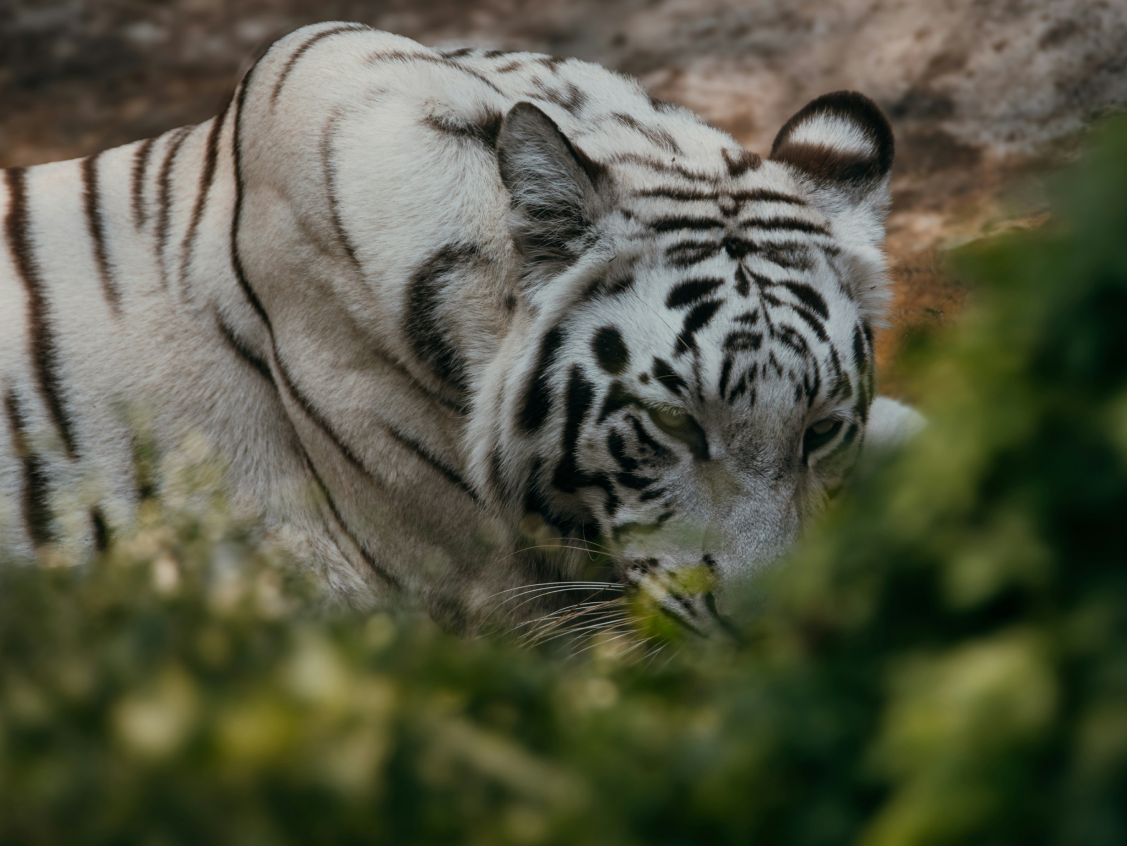How the Savanna Protects and Supports Its Wildlife
The savanna, with its golden grasslands, sparse trees, and diverse ecosystems, is not just a home for wildlife; it is a dynamic environment that nurtures and safeguards its inhabitants. This vast biome provides animals with essential resources, natural defenses, and a balanced ecosystem that ensures survival.
The savanna's unique landscape offers a variety of habitats. Acacia trees provide shade for animals like elephants and zebras during the scorching heat of the day, while their leaves serve as food for giraffes. Termite mounds, scattered across the plains, become homes for smaller creatures like meerkats and provide nutrients for the soil. Waterholes, vital during dry seasons, attract diverse species, from gazelles to lions, creating opportunities for interaction and maintaining ecological balance.
Read MoreThe Heartbeat of the Savanna: Life on the Endless Plains

Sri Lankan Leopard: The Secretive Predator of the Wild
The Sri Lankan leopard (Panthera pardus kotiya) is a subspecies of leopard native to Sri Lanka, known for its majestic appearance and remarkable adaptability. Though its natural habitat is the lush forests of the island, its behaviors and traits closely resemble its relatives in the savanna. With its tawny coat adorned by distinctive rosette patterns, this predator blends effortlessly into its surroundings, becoming nearly invisible to both prey and threats.
Read More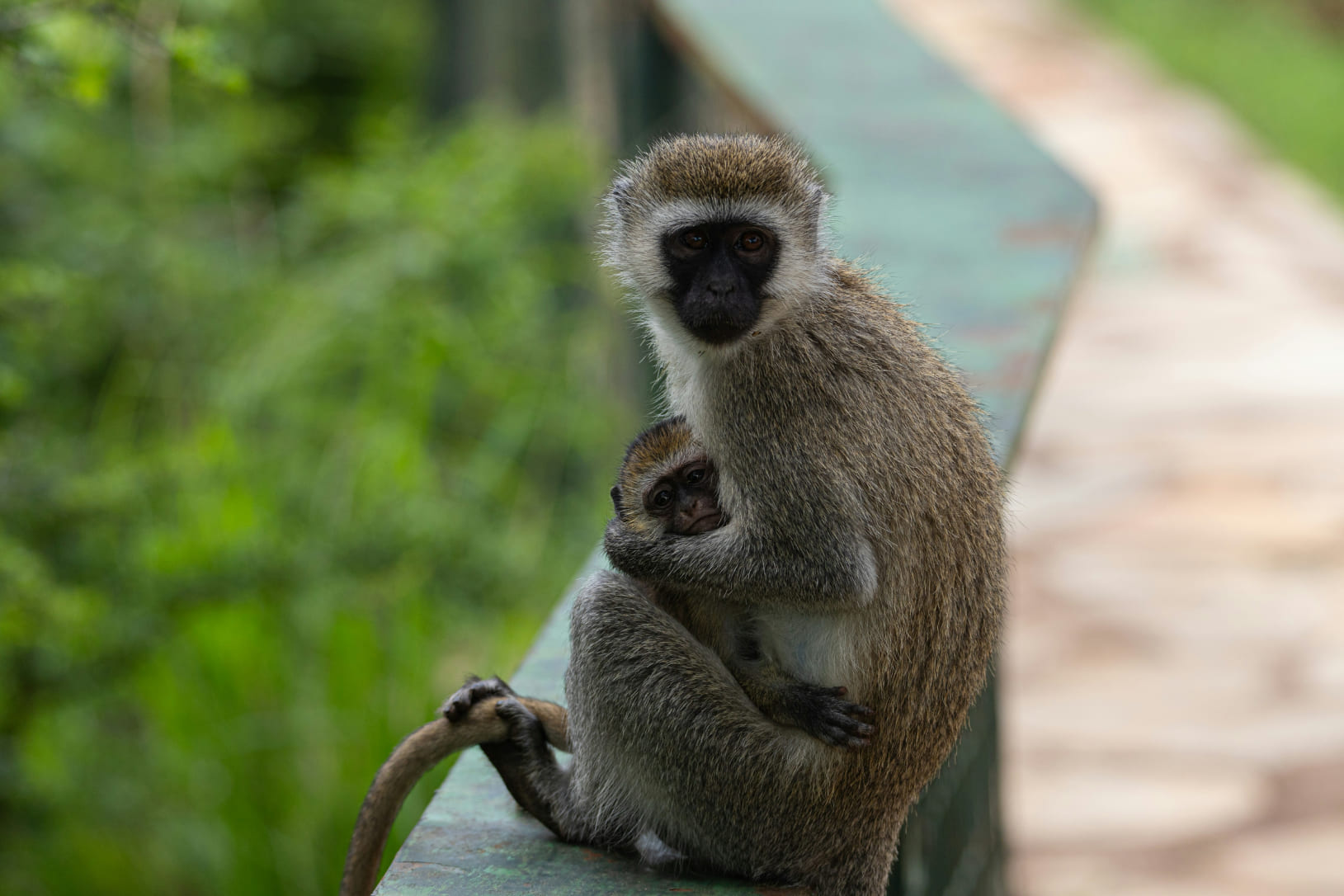
Green Monkey: The Agile Acrobats of the Grasslands
The green monkey (Chlorocebus sabaeus), also known as the vervet monkey, is a fascinating and highly social primate that thrives in the savanna’s diverse ecosystem. Recognizable by its olive-green fur, black face, and expressive eyes, this monkey is as charming as it is intelligent. Found in groups known as troops, green monkeys navigate the savanna and its fringes with incredible agility, leaping between trees and foraging for food on the ground.
Read More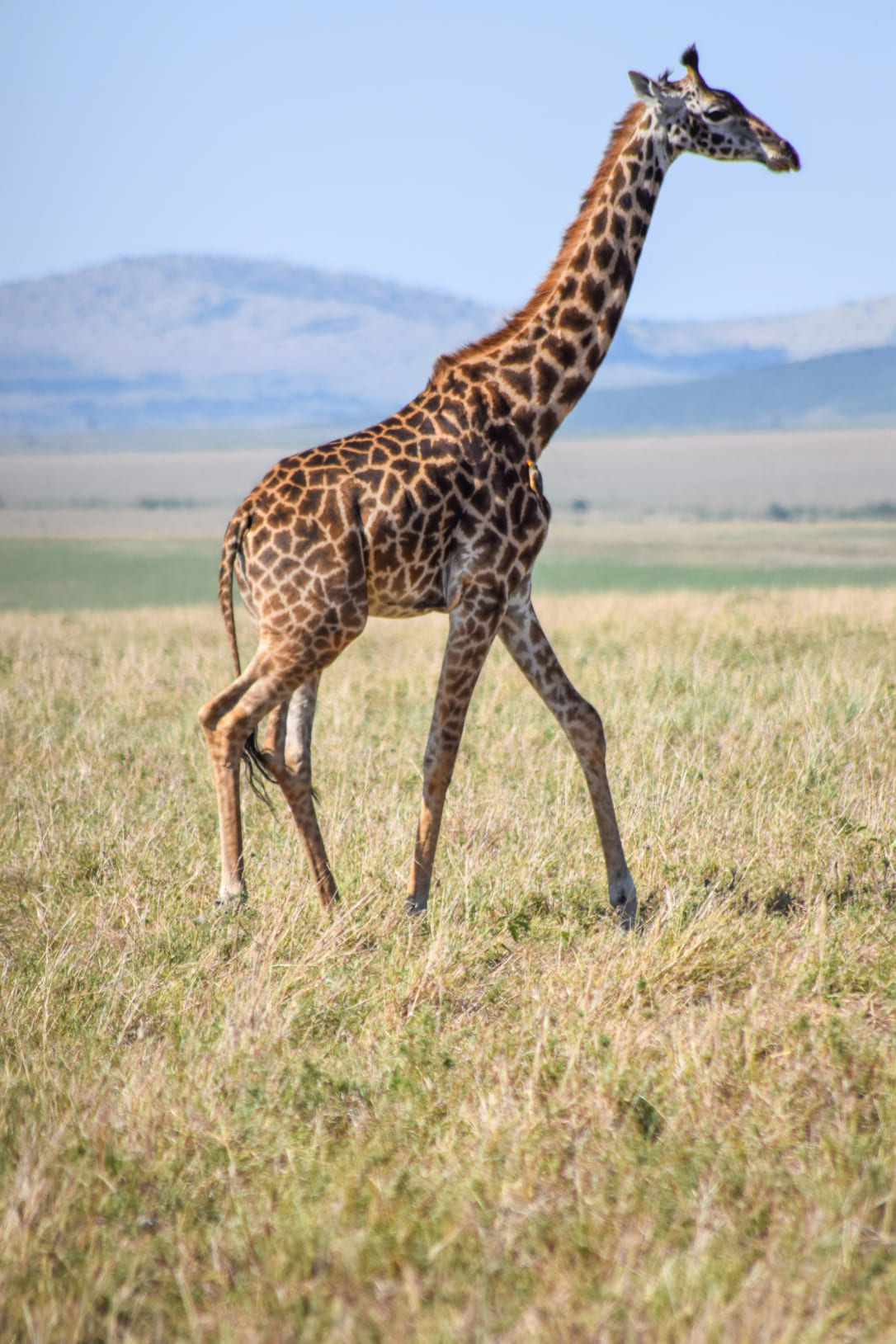
orthern Giraffe: Towering Guardians of the Savanna
The northern giraffe (Giraffa camelopardalis), standing tall as the tallest land animal on Earth, is an icon of the savanna. With its long neck, distinctive coat patterns, and graceful movements, the giraffe is both a marvel of evolution and a vital part of the savanna ecosystem. Each giraffe’s coat is unique, much like a fingerprint, with its patterns serving as camouflage against the golden hues of the grasslands.
Read More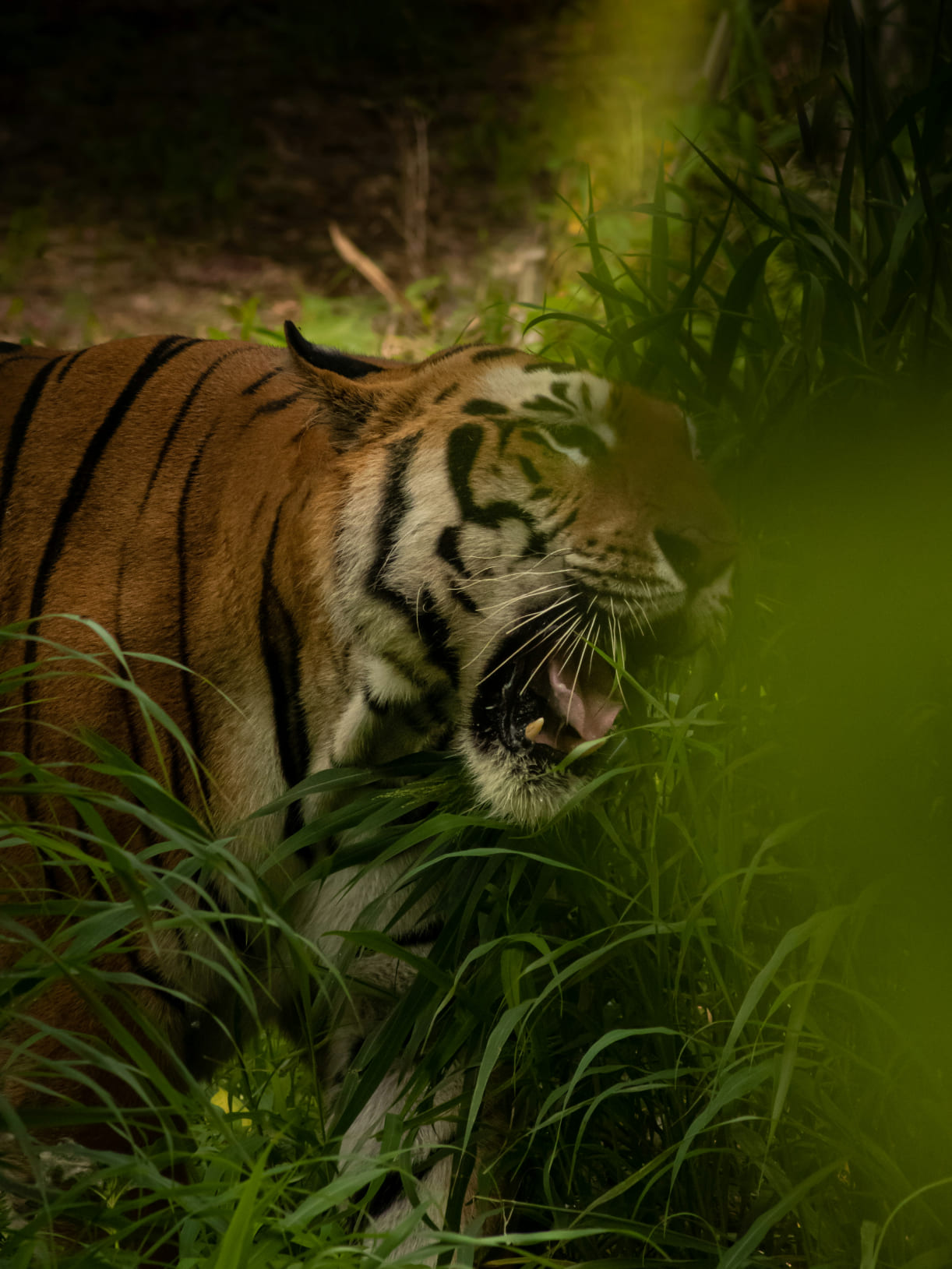
Sumatran Tiger: A Striped Survivor in the Wild
The Sumatran tiger (Panthera tigris sumatrae) is the smallest and one of the most endangered tiger subspecies. While native to the dense forests of Sumatra, its story resonates with the challenges faced by other savanna predators. This tiger’s striking orange coat with black stripes provides perfect camouflage in its natural habitat, making it an exceptional ambush predator.
Read More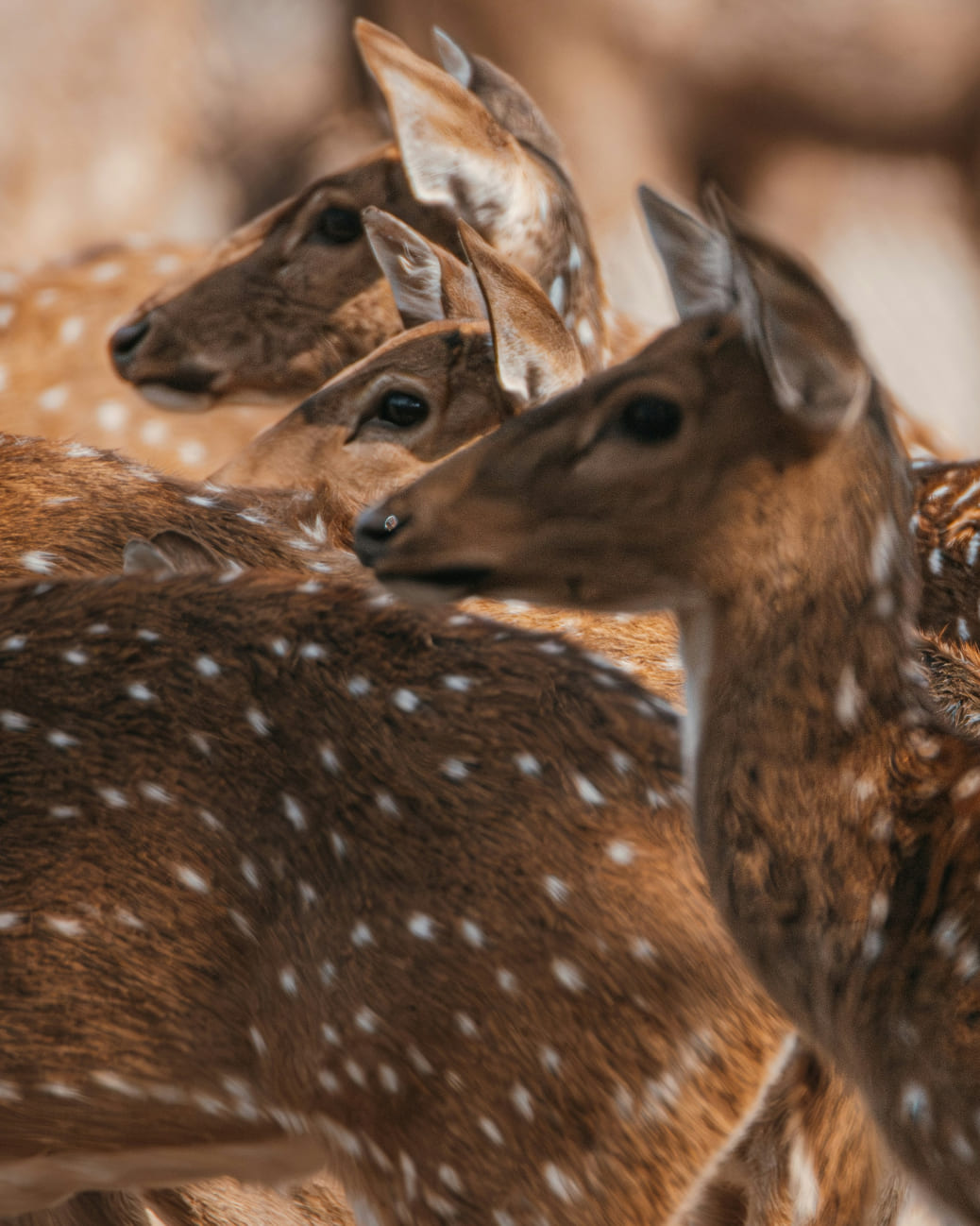
Axis Deer: The Graceful Wanderers of the Wild
The axis deer (Axis axis), also known as the chital, is one of the most beautiful and agile inhabitants of the wild. Known for its reddish coat dotted with white spots, the axis deer resembles a living painting as it moves gracefully through the grasslands. Native to the Indian subcontinent, these deer have adapted to a variety of habitats, including open savannas where they live in large herds for protection.
Read More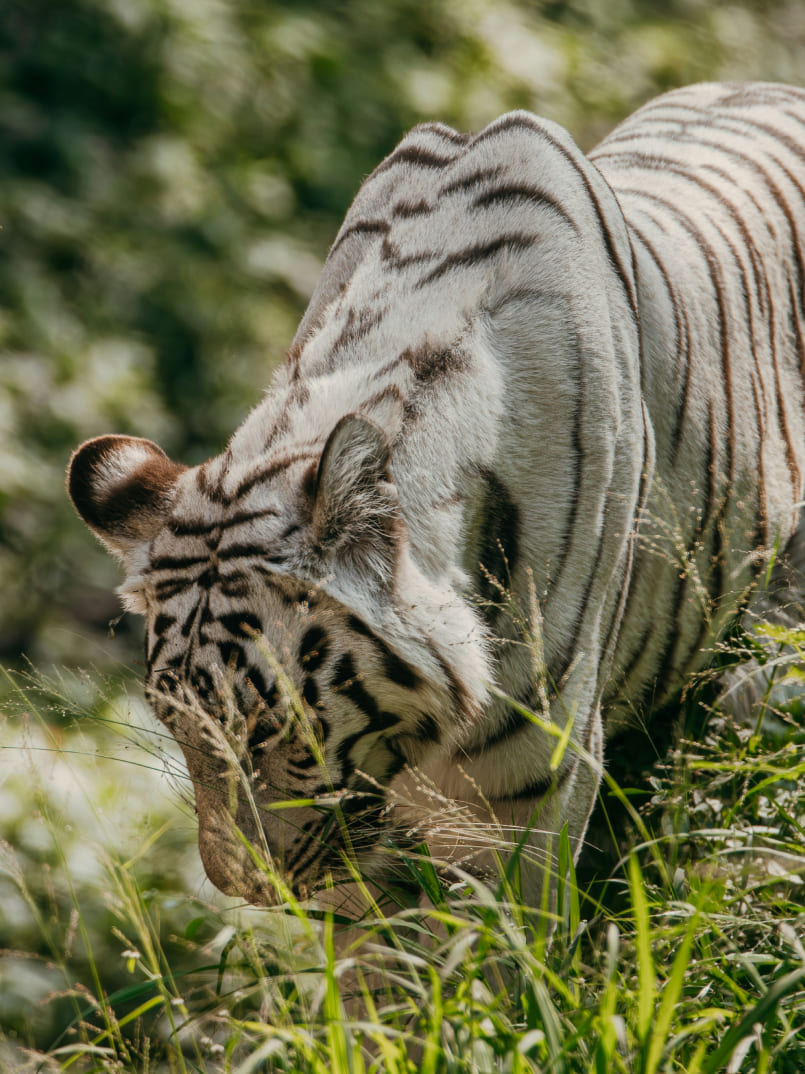
Bengal Tiger: The Royal Predator of the Grasslands
The Bengal tiger (Panthera tigris tigris) is one of the most iconic and powerful predators in the animal kingdom. With its fiery orange coat and bold black stripes, the Bengal tiger is a master of camouflage, blending seamlessly into the tall grasses of the savanna and forest edges. This stealthy predator is renowned for its strength, agility, and intelligence, making it the apex predator of its habitat.
Read MoreOur Clients Says
Whispers of the Wild: Discovering Savanna's Secrets
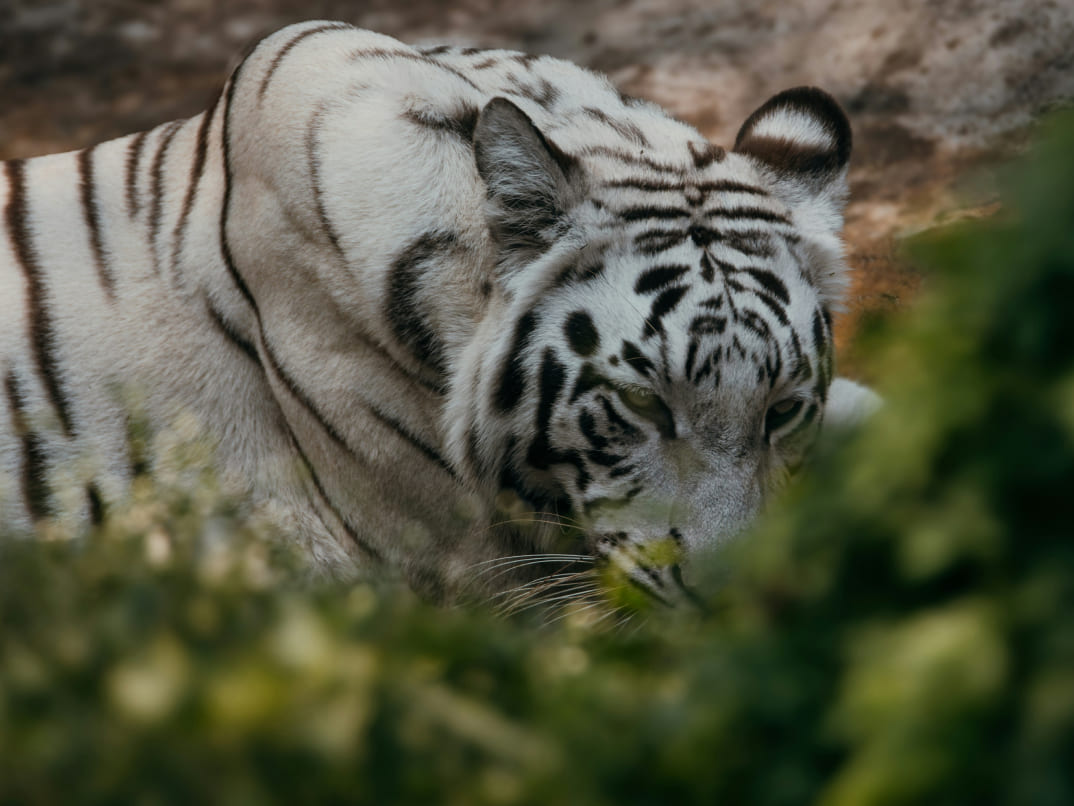
White Tiger: The Rare Phantom of the Wild
Read More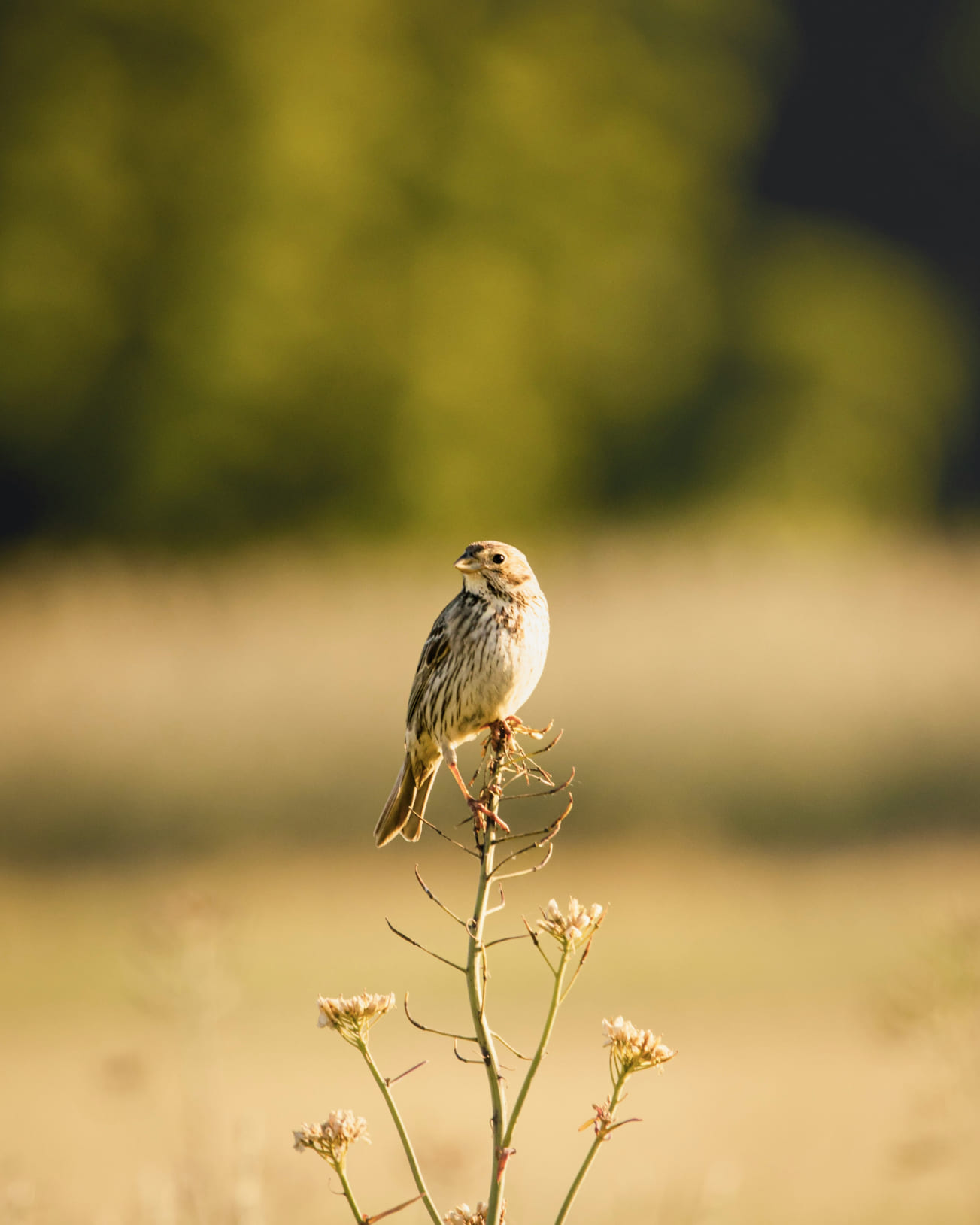
Corn Bunting: The Songbird of Open Fields
Read More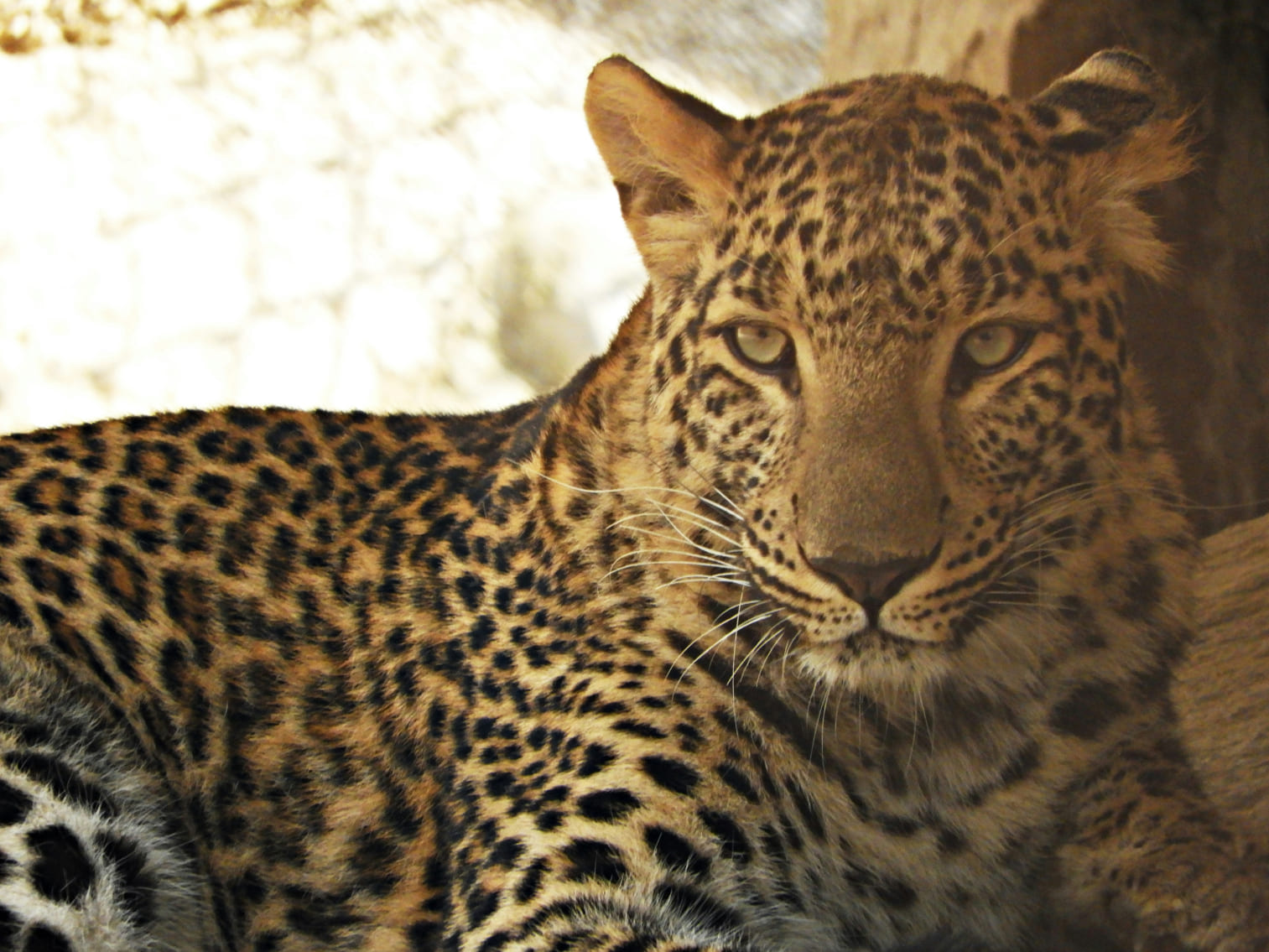
Jaguar: The Stealthy King of the Rainforest and Beyond
Read More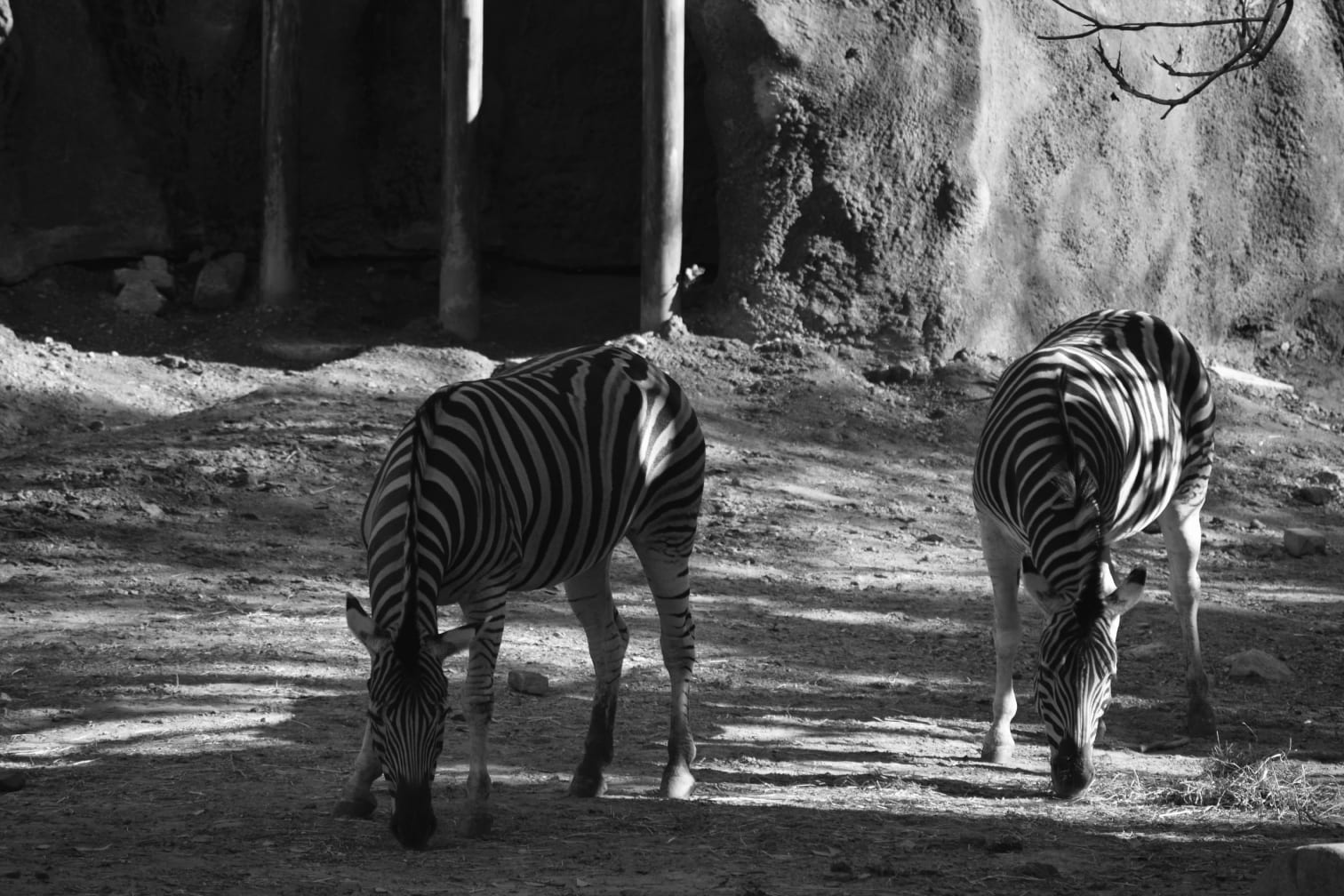
Zebra: The Striped Icon of the Savanna
Read More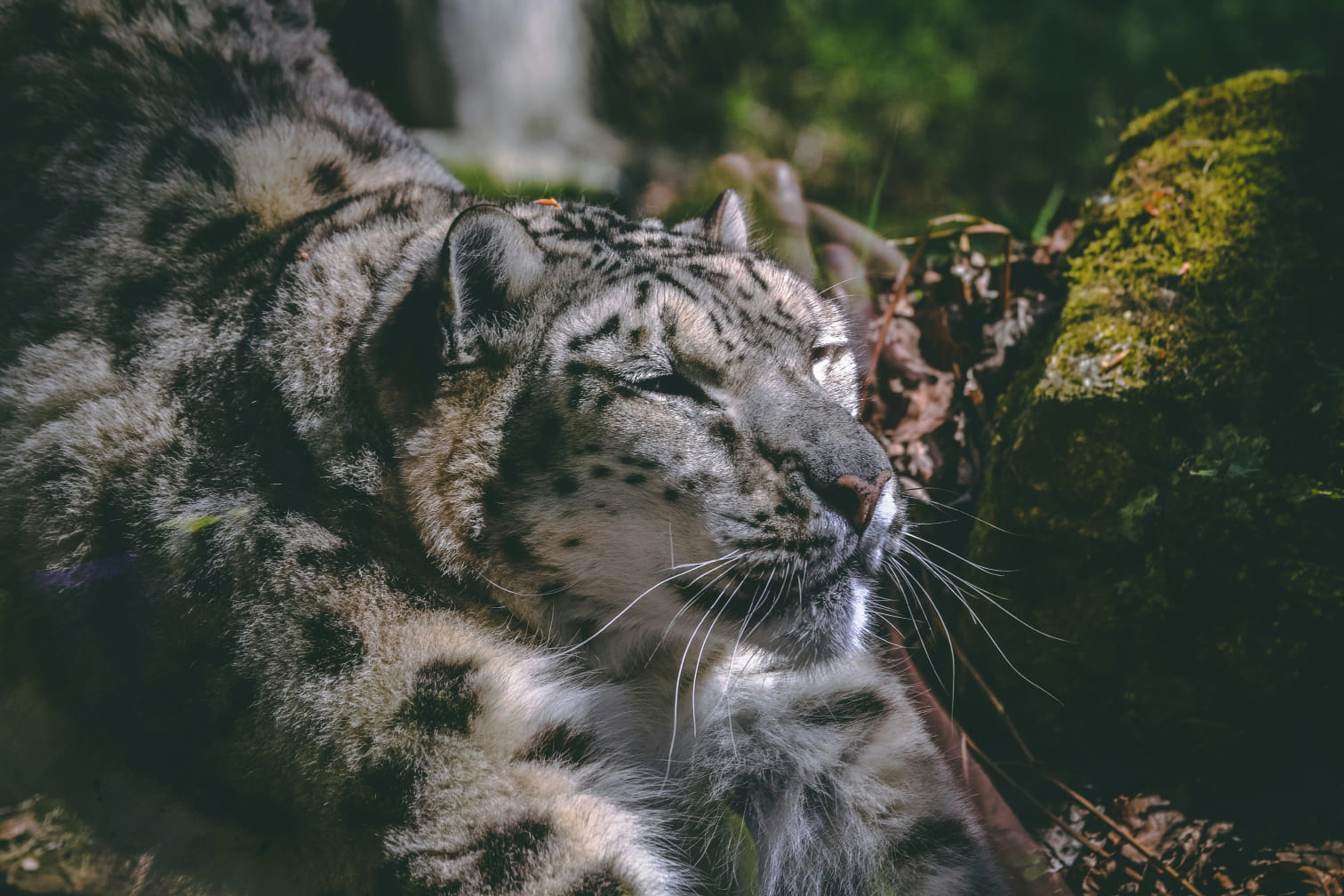
Snow Leopard: The Ghost of the Mountains
Read More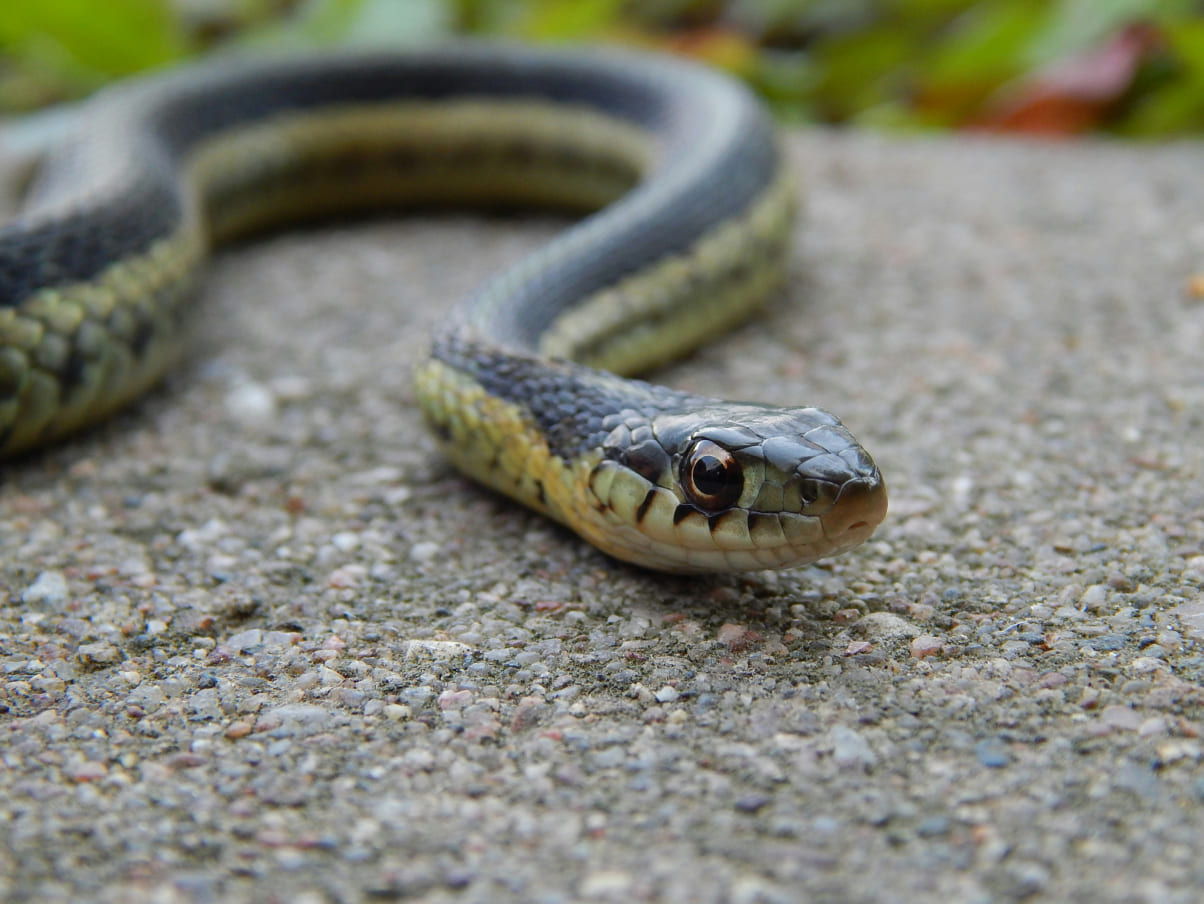
Common Garter Snake: A Friendly Garden Resident
Read More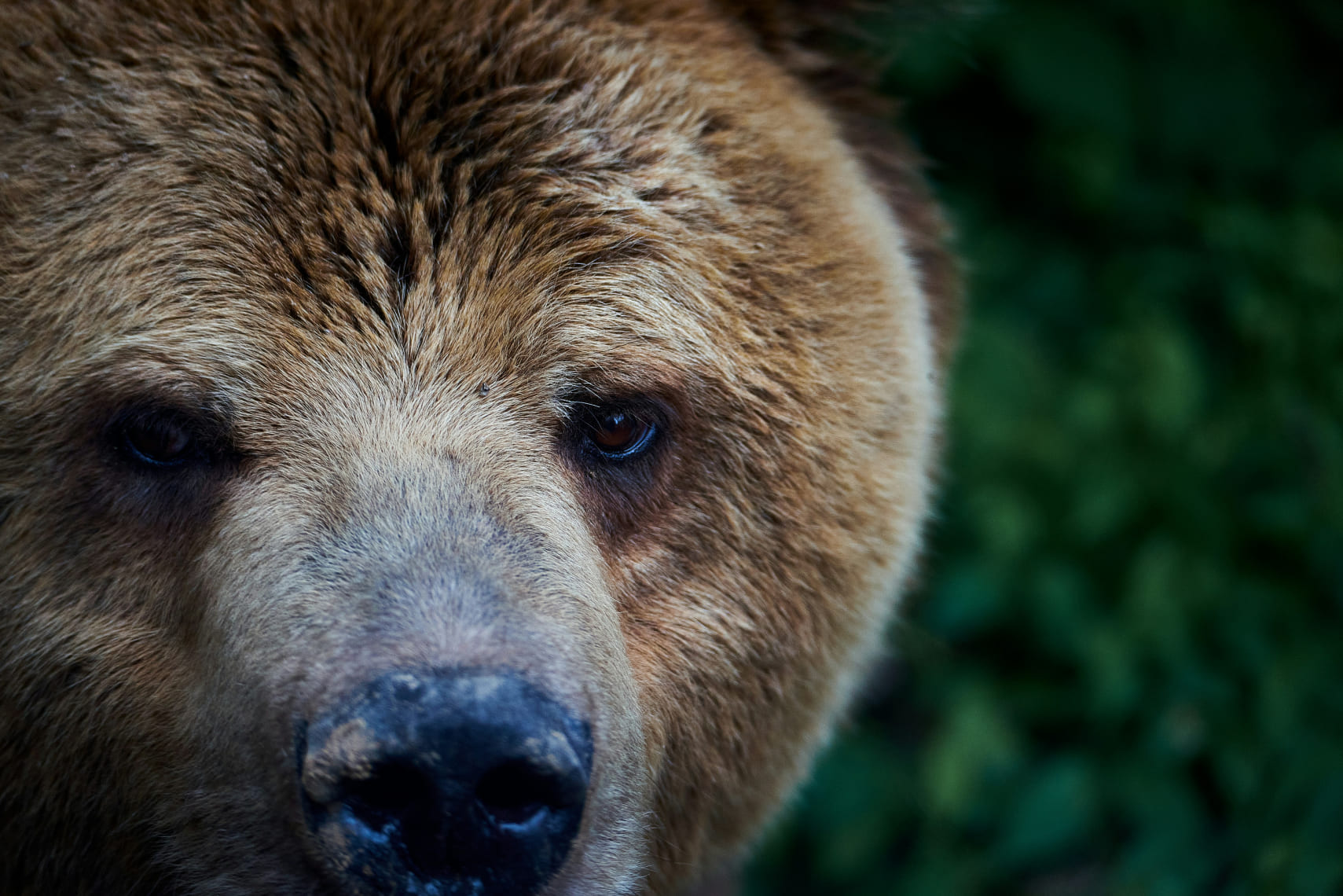
Kodiak Brown Bear: The Giant of the North
Read More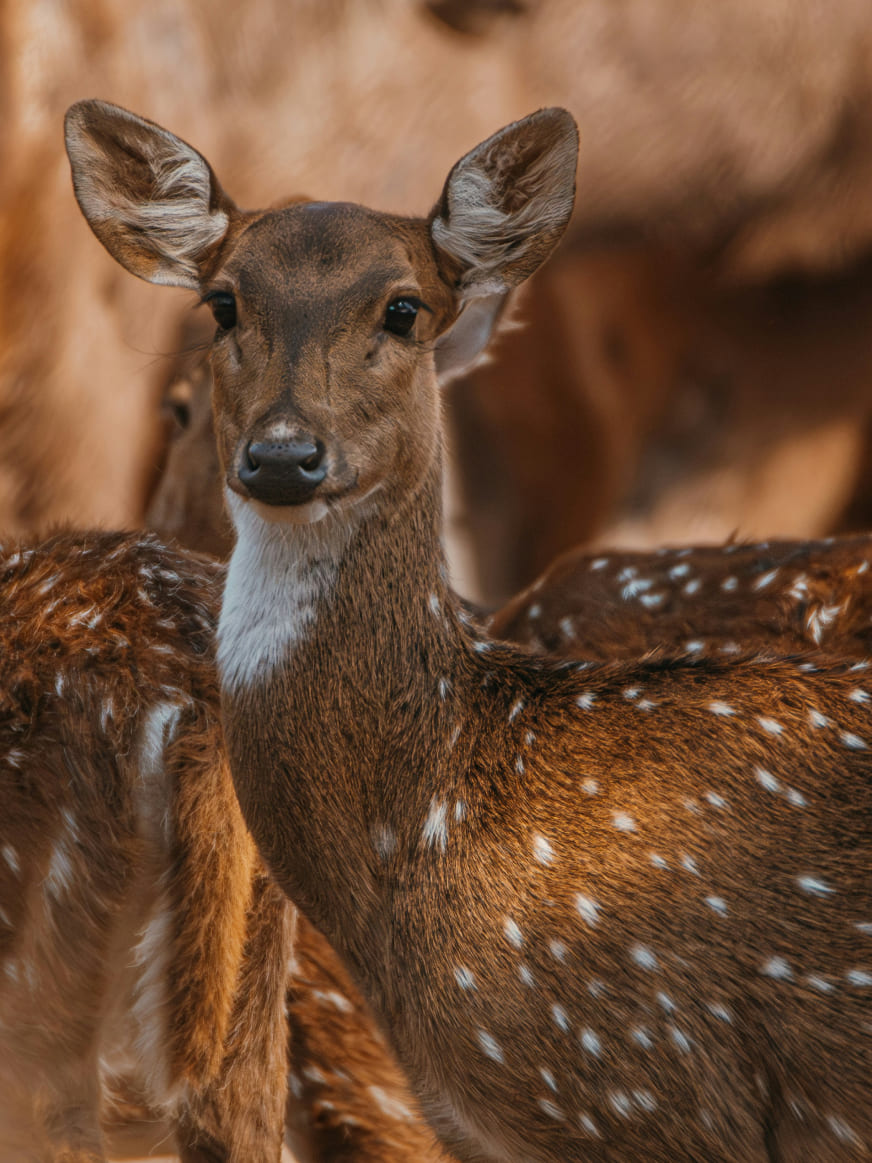
Japanese Deer: The Sacred Symbols of Nature
Read More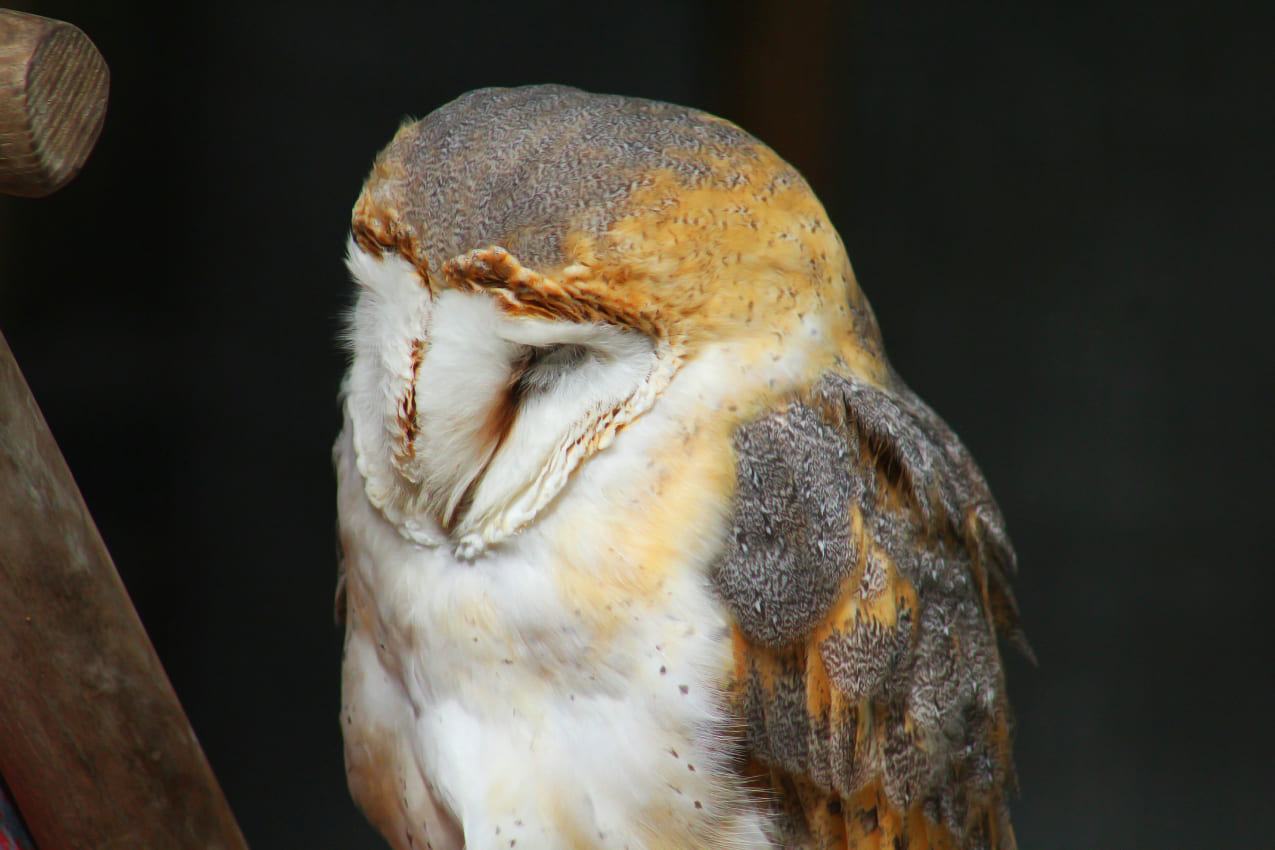
Barn Owl: The Silent Hunter of the Night
Read MoreTransport Features
Completely synergize resource sucking relationships via premier niche markets. Professionally cultivate one-to-one customer. service with robust ideas.
Response for Frequent Queries
The African elephant is the largest animal in the savanna, weighing up to 6 tons and reaching a height of 13 feet (4 meters) at the shoulder.
Lions are referred to as "kings" because of their dominance as apex predators and their majestic appearance, often seen resting proudly on elevated plains.
Giraffes spread their front legs wide and lower their necks to the water's surface. However, they drink water infrequently, relying mainly on moisture from the leaves they eat.
Vultures are scavengers that clean the ecosystem by feeding on dead animals, preventing the spread of disease and maintaining ecological balance.
The stripes help zebras with camouflage by breaking up their outline, confusing predators, and also assist in regulating body temperature by reflecting heat.
Millions of wildebeests, zebras, and antelopes travel across the savanna in search of fresh grass and water, often facing predators and river crossings along the way.
Many animals migrate to areas with water, while others, like elephants, dig for water in dry riverbeds. Some species, such as antelopes, can survive on minimal water by obtaining moisture from their food.




